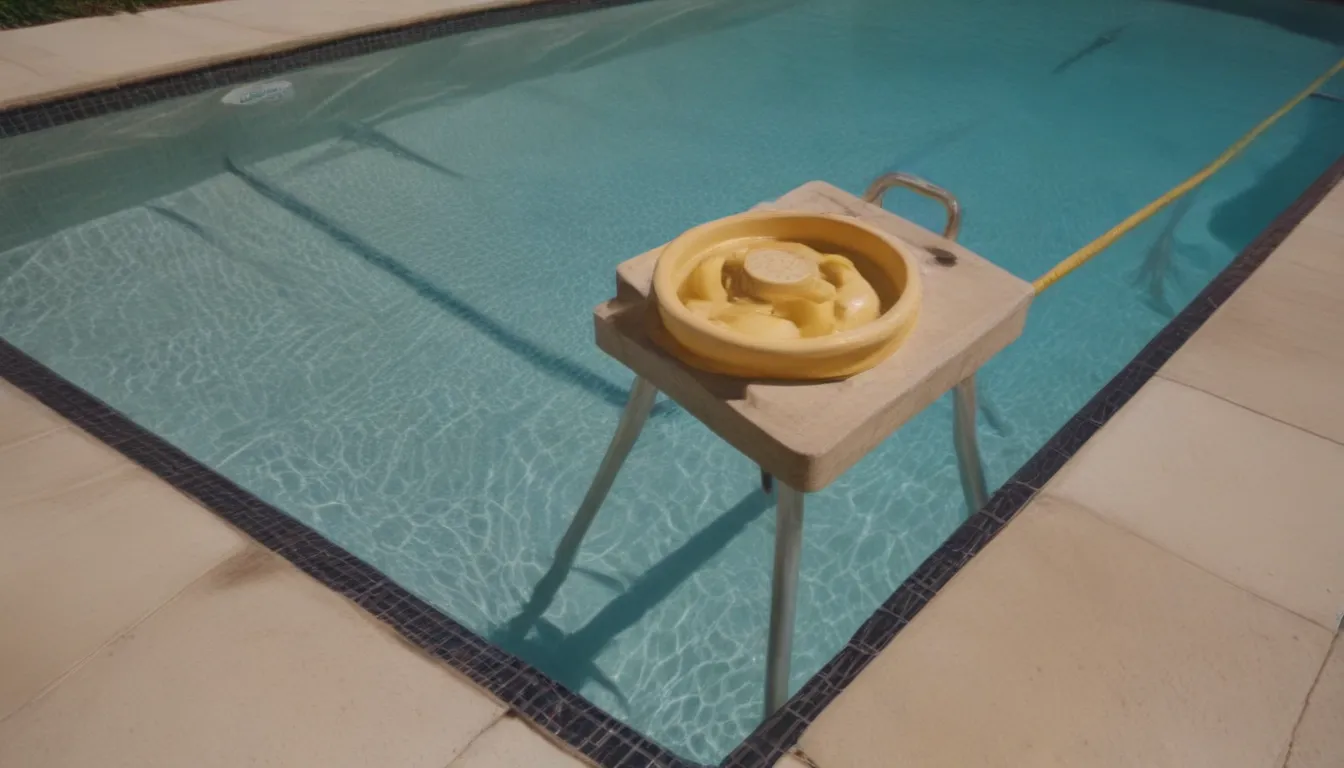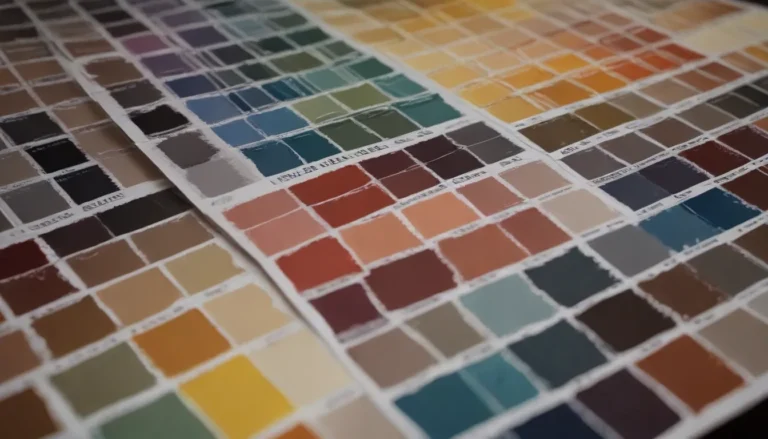Ultimate Guide to Pool Chlorine: Everything You Need to Know

If you want to keep your pool water clean and sparkling, chlorine is your best friend. In this comprehensive guide, we’ll cover everything you need to know about pool chlorine, from the different types available to how much you should be adding to your pool. So, let’s dive right in!
What Is Pool Chlorine?
Pool chlorine is essential for disinfecting water and keeping your pool free of bacteria that can turn it green or cloudy. While chlorine in its natural state is a yellow gas heavier than air, the chlorine used in pools typically comes in solid or liquid forms. When added to your pool, chlorine immediately mixes into the water and starts cleaning it.
Types of Pool Chlorine
There are four main types of pool chlorine available:
- Chlorine Tablets: Ideal for general upkeep but not as effective for quickly raising chlorine levels.
- Chlorine Liquid: Great for swiftly increasing chlorine levels due to its efficient mixing capabilities.
- Bromine: A suitable alternative for those allergic to chlorine, although slightly weaker and less cost-effective than chlorine tablets.
- Salt Chlorine: Cost-effective and beneficial for swimmers with chlorine allergies, but requires additional equipment for chlorine generation.
Each type of chlorine has its own set of advantages and disadvantages, so it’s essential to choose the one that best suits your pool’s needs.
How Much Pool Chlorine to Add
The amount of chlorine you should add to your pool depends on the type you’re using. For chlorine tablets, a general rule of thumb is to add two 3-inch tablets per 10,000 gallons, or one tablet per 5,000 gallons. The ideal chlorine level should be maintained at 1 to 3 parts per million (ppm). Your chlorine packaging should provide instructions on how much to add to raise the level by 1 ppm in a 10,000-gallon pool. Remember to test your pool water regularly and adjust chlorine levels as needed.
3 Ways to Add Chlorine to Your Pool
- Pool Float:
- Fill the float once a week with chlorine tablets.
-
Ensure the bottom vents are open for proper mixing.
-
Chlorinator:
- Turn off the system and isolate the chlorinator.
- Remove the lid, fill with tablets, and adjust the control dial if necessary.
-
Ensure the chlorinator is filled with water to avoid air pockets.
-
Salt Cell or Chlorine Generator:
- Test the water before making adjustments.
- Ensure there is sufficient salt for chlorine extraction.
Remember never to add chlorine tablets to the skimmer mouth or basket to prevent damage to your pool equipment.
Chlorine vs. Pool Shock
While chlorine is suitable for general upkeep, pool shock is a stronger form of chlorine used for intense cleaning tasks. Pool shock, available in powder or liquid form, is ideal for pool startup, closure, or when quick chlorine level adjustments are necessary, such as when dealing with green pool water. Chlorine tablets are best for gradual release, while pool shock provides immediate results.
When first filling a pool, add two 3-inch tablets per 10,000 gallons. After 24 hours, check the chlorine level and adjust as needed. If using chlorine instead of shock, be prepared for a longer process due to the slower release rate.
In conclusion, maintaining proper chlorine levels is crucial for a clean and healthy pool. By understanding the different types of pool chlorine available and how to add them effectively, you can enjoy crystal-clear water all season long. Remember to test your pool water regularly and make adjustments as needed to keep your swimming hole in top condition!





